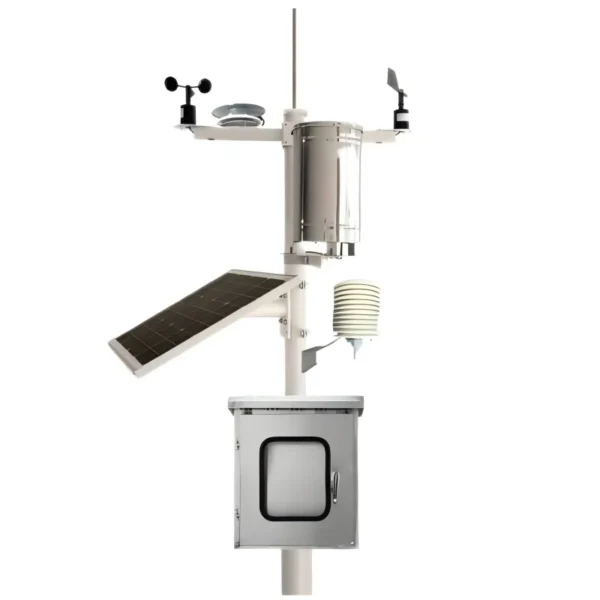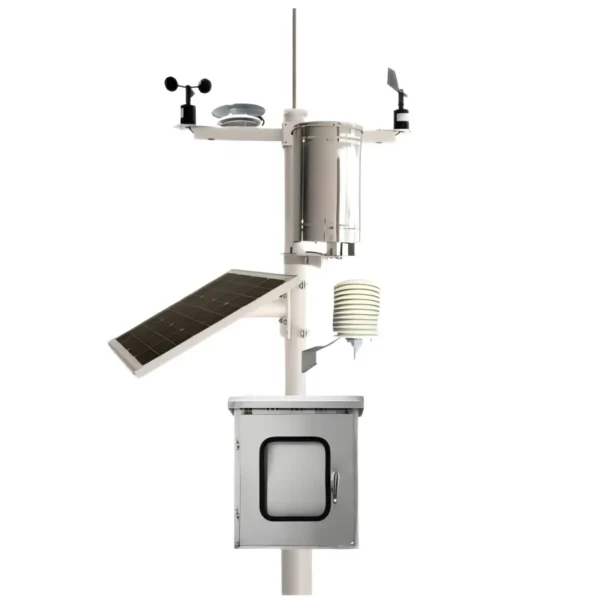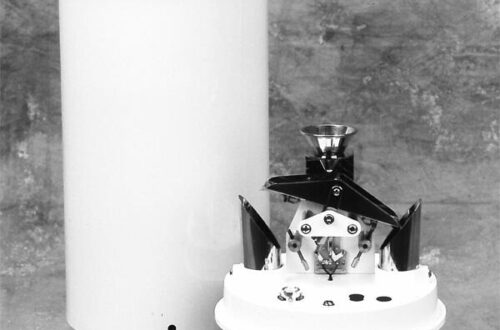
Automatic Weather Station: Definition and Functionality

# Automatic Weather Station: Definition and Functionality
An Automatic Weather Station (AWS) is a sophisticated system designed to collect and record meteorological data without the need for constant human intervention. These stations are equipped with various sensors that measure environmental parameters such as temperature, humidity, wind speed, wind direction, rainfall, and atmospheric pressure. The data collected by AWS is crucial for weather forecasting, climate research, and various applications in agriculture, aviation, and disaster management.
## Components of an Automatic Weather Station
An AWS typically consists of several key components:
– Sensors: These are the primary devices that measure environmental parameters. Common sensors include thermometers for temperature, hygrometers for humidity, anemometers for wind speed, wind vanes for wind direction, rain gauges for precipitation, and barometers for atmospheric pressure.
– Data Logger: This device records the data collected by the sensors. It is often equipped with memory storage to save the data for later analysis.
– Power Supply: AWS units are usually powered by solar panels, batteries, or a combination of both to ensure continuous operation, especially in remote locations.
– Communication System: To transmit the collected data to a central database or monitoring station, AWS units are equipped with communication modules such as GSM, satellite, or radio transmitters.
– Mounting Structure: The sensors and other components are mounted on a sturdy structure, often a tower or mast, to ensure accurate measurements and protect the equipment from environmental damage.
## Functionality of an Automatic Weather Station
The primary function of an AWS is to provide accurate and timely meteorological data. Here’s how it works:
– Data Collection: The sensors continuously monitor the environment and collect data at regular intervals, which can range from seconds to minutes depending on the parameter being measured.
– Data Logging: The data logger records the measurements, often with timestamps, to create a comprehensive dataset.
– Data Transmission: The collected data is transmitted to a central server or database using the communication system. This allows for real-time monitoring and analysis.
– Data Analysis: Meteorologists and researchers analyze the data to understand weather patterns, predict future conditions, and make informed decisions in various fields.
## Applications of Automatic Weather Stations
AWS units are used in a wide range of applications:
– Weather Forecasting: AWS data is essential for accurate weather predictions, helping to issue warnings for severe weather events such as storms, hurricanes, and floods.
– Agriculture: Farmers use AWS data to optimize irrigation, planting, and harvesting schedules, improving crop yields and reducing water usage.
– Aviation: Airports rely on AWS data to ensure safe takeoffs and landings by providing real-time information on wind conditions, visibility, and other critical factors.
– Disaster Management: AWS units play a crucial role in monitoring and predicting natural disasters, enabling timely evacuations and resource allocation.
– Climate Research: Long-term data collected by AWS units helps scientists study climate change and its impacts on the environment.
## Conclusion
Automatic Weather Stations are indispensable tools in modern meteorology and environmental monitoring. By providing accurate and continuous data, they enhance our understanding of weather patterns and contribute to the safety and efficiency of various industries. As technology advances, AWS units are becoming more sophisticated, offering even greater precision and reliability in data collection and analysis.
Keyword: what is automatic weather station



